How allies have helped the US gain independence, defend freedom and keep the peace – even as the US did the same for our friends
Published in Political News
Make Canada angry. Make Mexico angry. Make the members of NATO angry.
During the first few weeks of the second Trump administration, President Donald Trump, Vice President JD Vance and Defense Secretary Pete Hegseth said a lot of things about longtime allies that caused frustration and outright friction among the leaders of those countries.
Trump and Vance indeed appear to disdain close alliances, favoring an America First approach to the world. A New York Times headline characterized the relationship between the U.S. and Europe now as “A Strained Alliance.”
As a former diplomat, I’m aware that how the U.S. treats its allies has been a crucial question in every presidency, since George Washington became the country’s first chief executive. On his way out of that job, Washington said something that Trump, Vance and their fellow America First advocates would probably embrace.
In what’s known as his “Farewell Address,” Washington warned Americans against “entangling alliances.” Washington wanted America to treat all nations fairly, and warned against both permanent friendships and permanent enemies.
The irony is that Washington would never have become president without the assistance of the not-yet-United-States’ first ally, France.
In 1778, after two years of brilliant diplomacy by Benjamin Franklin, the not-yet-United States and the Kingdom of France signed a treaty of alliance as the American Colonies struggled to win their war for independence from Britain.
France sent soldiers, money and ships to the American revolutionaries. Within three years, after a major intervention by the French fleet, the battle of Yorktown in 1781 effectively ended the war and America was independent.
American political leaders largely heeded Washington’s warning against alliances throughout the 1800s. The Atlantic Ocean shielded the young nation from Europe’s problems and many conflicts, and America’s closest neighbors had smaller populations and less military might.
Aside from the War of 1812, in which the U.S. fought the British, America largely found itself protected from the outside world’s problems.
That began to change when Europe descended into the brutal trench warfare of World War I.
Initially, American politicians avoided becoming involved. What would today be called an isolationist movement was strong, and its supporters felt that the war in Europe was being waged for the benefit of big business.
But it was hard for the U.S.to maintain neutrality. German submarines sank ships crossing the Atlantic carrying American passengers. The economies of some of America’s biggest trading partners were in shreds; the democracies of Britain, France and other European countries were at risk.
President Woodrow Wilson led the United States into the war in 1917 as an ally of the Western European nations. When he asked Congress for a declaration of war, Wilson touted the value of like-minded allies, saying, “A steadfast concert for peace can never be maintained except by a partnership of democratic nations.” The war was over within 16 months.
Immediately after the war, the Allies – led by the U.S., France and Britain – stayed together to craft the peace agreements, feed the war-ravaged parts of Europe and intervene in Russia after the Communist Revolution there.
Prosperity came along with the peace, helping the U.S. quickly develop into a global economic power.
However, within a few years, American politicians returned to traditional isolationism in political and military matters and continued this attitude well into the 1930s. The worldwide Great Depression that began in 1929 was blamed on vulnerabilities in the global economy, and there was a strong sentiment among Americans that the U.S. should fix its internal problems rather than assist Europe with its problems.
As both Hitler and the Japanese Empire began to attack their neighbors in the late 1930s, it became clear to President Franklin Roosevelt and other American military and political leaders that the U.S. would get caught up in World War II. If nothing else, airplanes had erased America’s ability to hide behind the Atlantic Ocean.
Though public opinion was divided, the U.S. began sending arms and other assistance to Britain and quietly began military planning with London. This was despite the fact that the U.S. was formally neutral, as the Roosevelt administration was pushing the limits of what a neutral nation can do for friendly nations without becoming a warring party.
In January of 1941, Roosevelt gave his annual State of the Union speech to Congress. He appeared to prepare the country for possible intervention – both on behalf of allies abroad and for the preservation of American democracy:
“The future and the safety of our country and of our democracy are overwhelmingly involved in events far beyond our borders. Armed defense of democratic existence is now being gallantly waged in four continents. If that defense fails, all the population and all the resources of Europe, and Asia, and Africa and Australasia will be dominated by conquerors. In times like these it is immature – and incidentally, untrue – for anybody to brag that an unprepared America, single-handed, and with one hand tied behind its back, can hold off the whole world.”
When the Japanese attacked Hawaii in 1941 and Hitler declared war on the United States, America quickly entered World War II in an alliance with Britain, the Free French and others.
Throughout the war, the Allies worked as a team on matters large and small. They defeated Germany in three and half years and Japan in less than four.
As World War II ended, the wartime alliance produced two longer-term partnerships built on the understanding that working together had produced a powerful and effective counter to fascism.
The first of these alliances is the North Atlantic Treaty Organization, or NATO. The original members were the U.S., Canada, Britain, France and others of the wartime Allies. There are now 32 members, including Poland, Hungary and Turkey.
The aims of NATO were to keep the peace in Europe and contain the growing Communist threat from the Soviet Union. NATO’s supporters feel that, given that the wars in the former Yugoslavia in the 1990s and in the Ukraine today are the only major conflicts in Europe in 80 years, the alliance has met its goals well. And NATO troops went to Afghanistan along with the U.S. military after 9/11.
The other institution created by the wartime Allies is the United Nations.
The U.N. is many things – a humanitarian aid organization, a forum for countries to raise their issues and a source of international law.
However, it is also an alliance. The U.N. Security Council on several occasions authorized the use of force by members, such as in the first Gulf War against Iraq. And it has the power to send peacekeeping troops to conflict areas under the U.N. flag.
Other U.S. allies with treaties or designations by Congress include Australia, New Zealand, Japan, Israel, three South American countries and six in the Middle East.
In addition to these formal alliances, many of the same countries created institutions such as the World Bank, the International Monetary Fund, the Organization of American States and the European Union. The U.S. belongs to all of these except the European Union. During my 35-year diplomatic career, I worked with all of these institutions, particularly in efforts to stabilize Africa. They keep the peace and support development efforts with loans and grants.
Admirers of this postwar liberal international order point to the limited number of major armed conflicts during the past 80 years, the globalized economy and international cooperation on important matters such as disease control and fighting terrorism.
Detractors point to this system’s inability to stop some very deadly conflicts, such as Vietnam or Ukraine, and the large populations that haven’t done well under globalization as evidence of its flaws.
The world would look dramatically different without the Allies’ victories in the two World Wars, the stable worldwide economic system and NATO’s and the U.N.’s keeping the world relatively peaceful.
But the value of allies to Americans, even when they benefit from alliances, appears to have shifted between George Washington’s attitude – avoid them – and that of Franklin D. Roosevelt – go all in … eventually.
This article is republished from The Conversation, a nonprofit, independent news organization bringing you facts and trustworthy analysis to help you make sense of our complex world. It was written by: Donald Heflin, Tufts University
Read more:
Russia’s shrinking world: The war in Ukraine and Moscow’s global reach
On Ukraine, candidate Trump touts his role as dealmaker while Harris sticks with unwavering support
JD Vance’s selection as Trump’s running mate marks the end of Republican conservatism
Donald Heflin does not work for, consult, own shares in or receive funding from any company or organization that would benefit from this article, and has disclosed no relevant affiliations beyond their academic appointment.

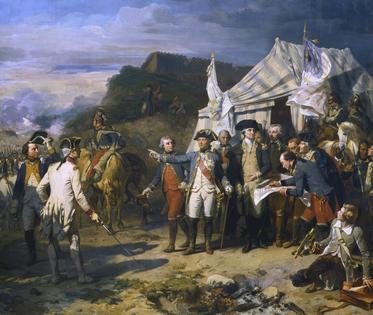

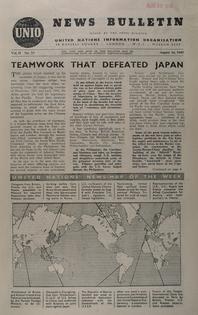

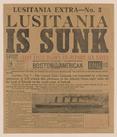


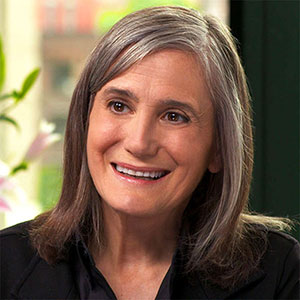
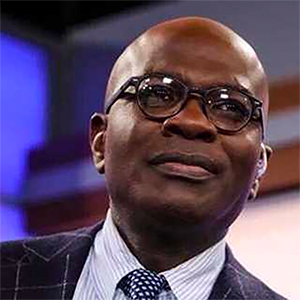

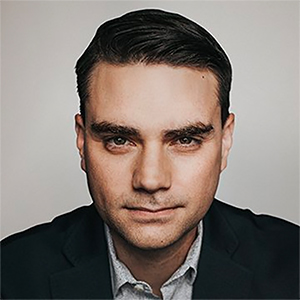

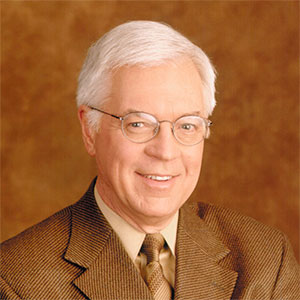

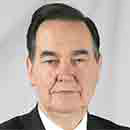

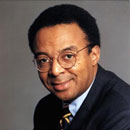



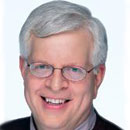

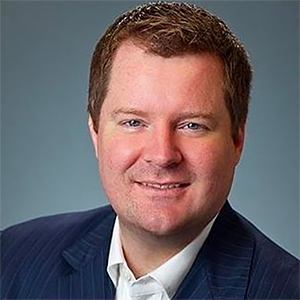
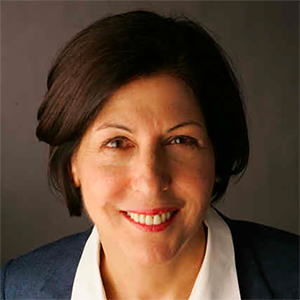
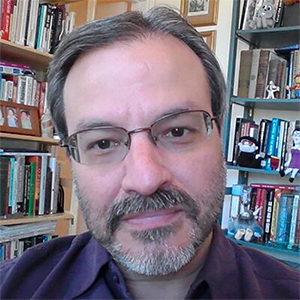



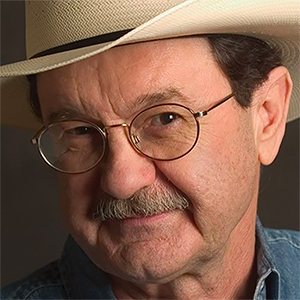

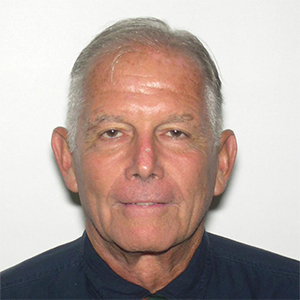
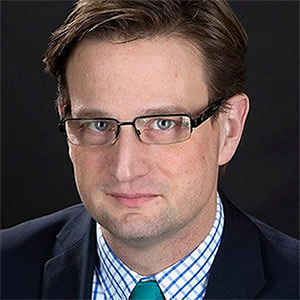
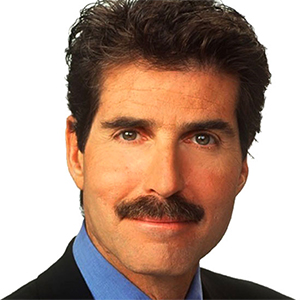
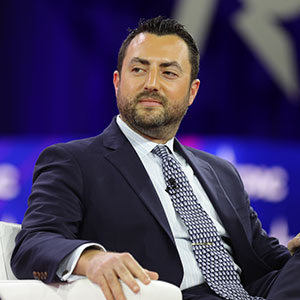
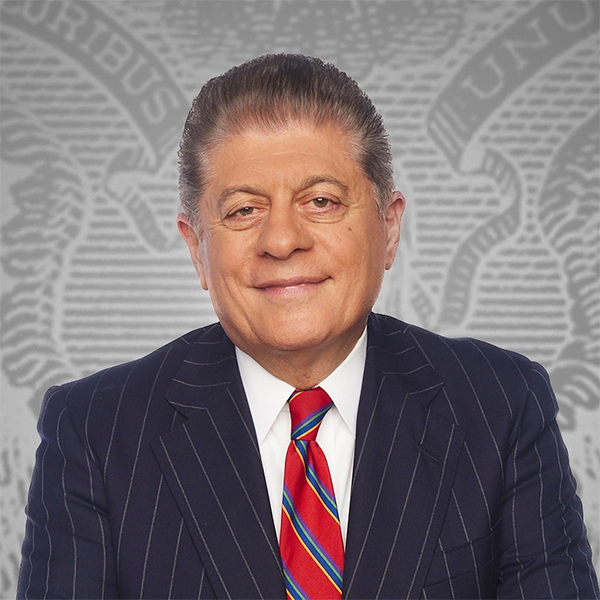


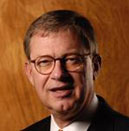
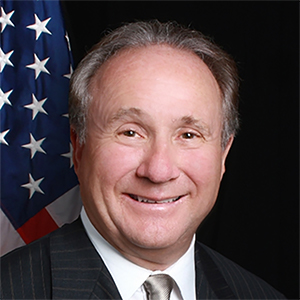

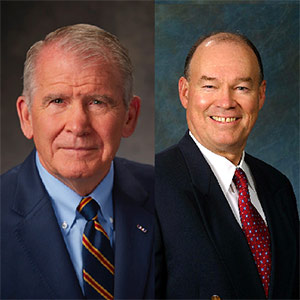


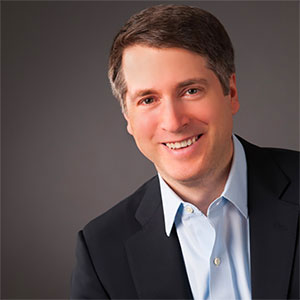

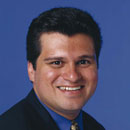
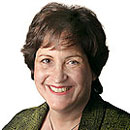
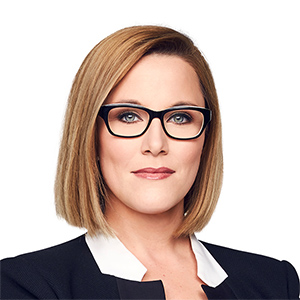


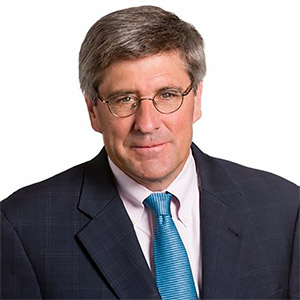


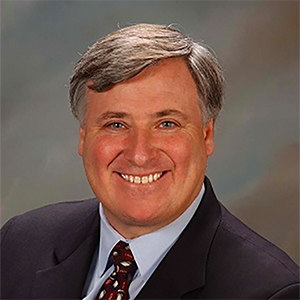




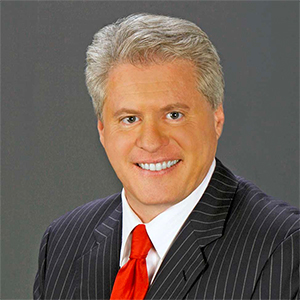
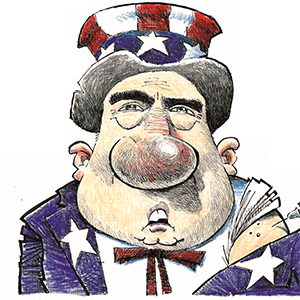
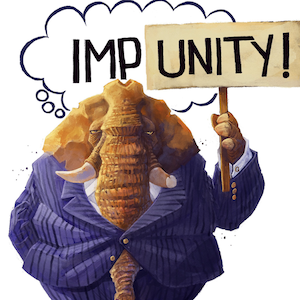
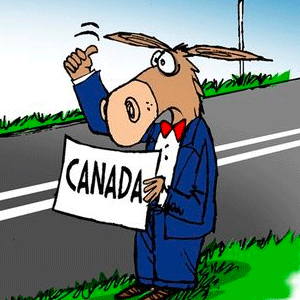
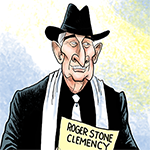
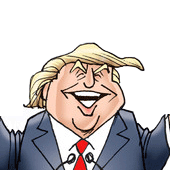
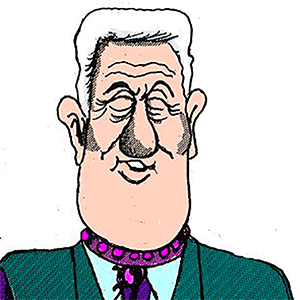
Comments